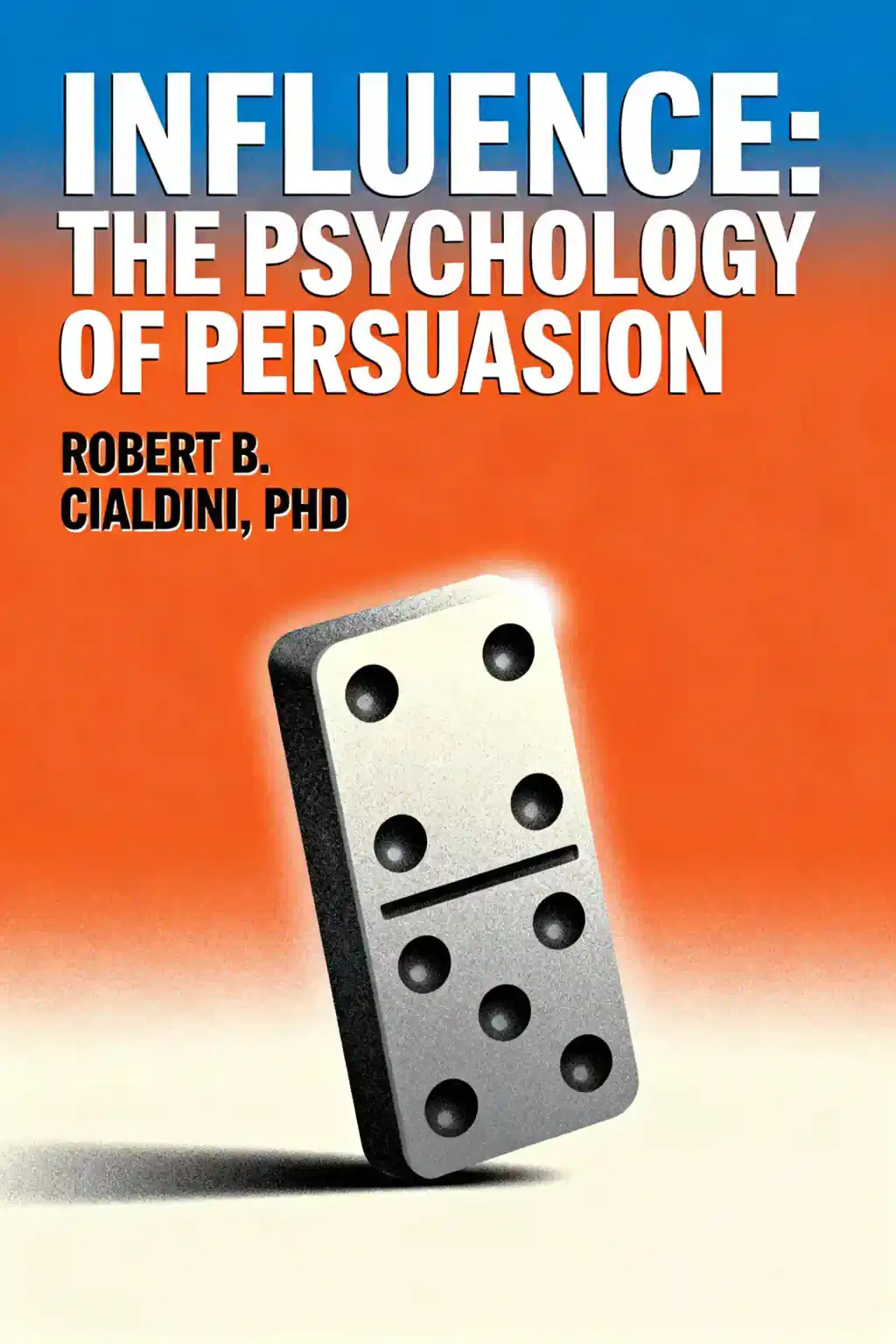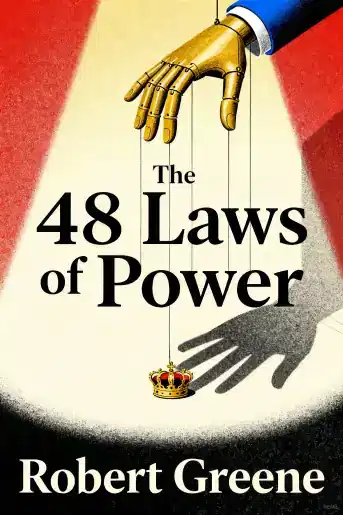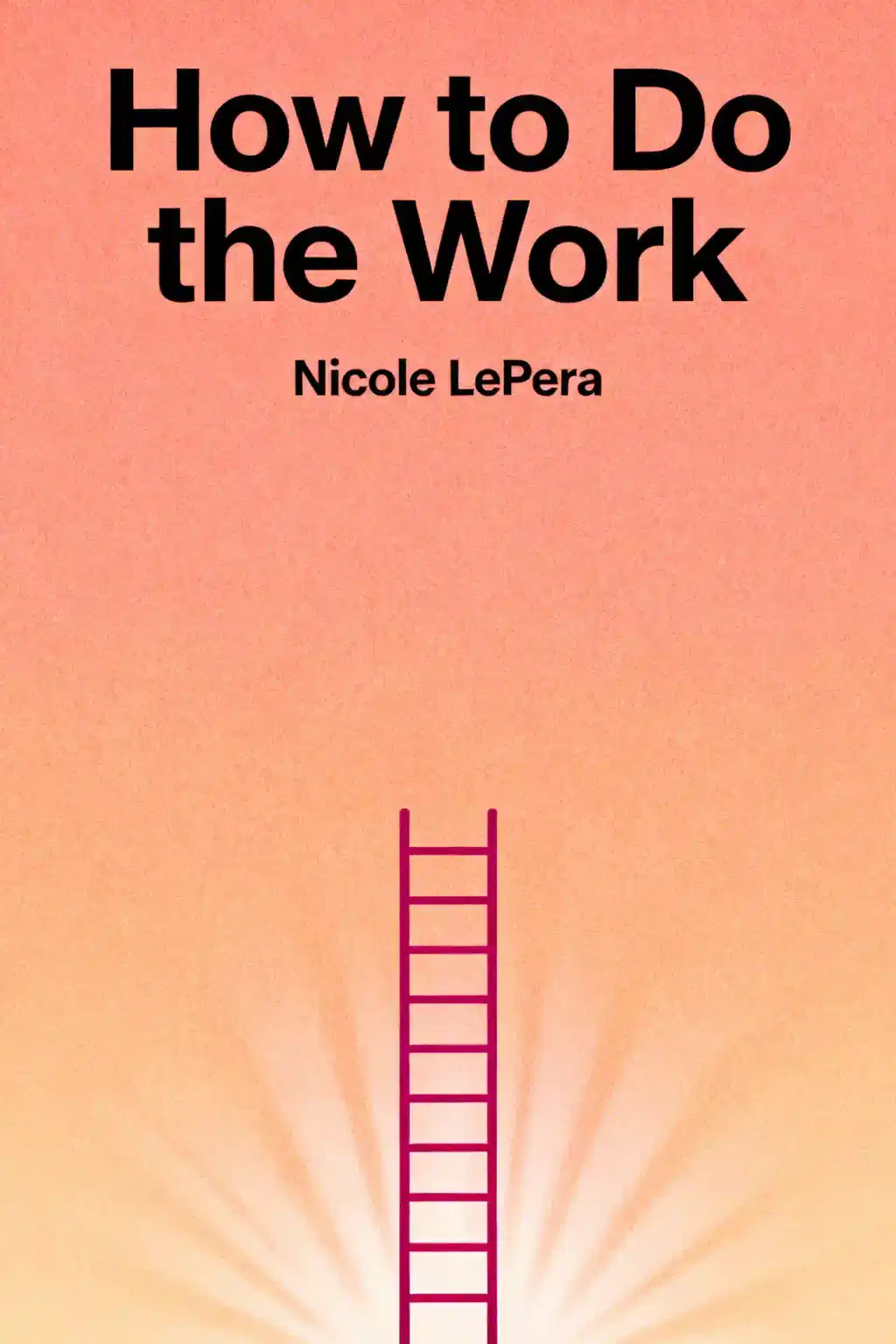What is
Why Does He Do That? by Lundy Bancroft about?
Why Does He Do That? examines the psychology of abusive men, arguing that domestic abuse stems from intentional control rather than unresolved trauma or anger issues. Drawing on 15+ years of counseling abusive men, Bancroft debunks myths (like “he can’t help it”) and identifies 10 abusive archetypes, emphasizing that perpetrators benefit from their behavior and rarely change without accountability.
Who should read
Why Does He Do That??
This book is critical for abuse survivors, advocates, and professionals working in domestic violence support. It’s also valuable for friends/family of abuse victims seeking to understand manipulative tactics, and readers interested in societal patterns of control. Bancroft’s direct advice helps victims recognize early warning signs and plan safer exits.
What are the main types of abusive men described in the book?
Bancroft categorizes abusers into 10 types, including The Demand Man (entitlement-driven), The Victim (blames others), and The Terrorist (uses physical threats). Each profile highlights distinct manipulation styles, from emotional gaslighting to cyclical “apologies,” underscoring that abuse is a choice, not a loss of control.
How does Lundy Bancroft explain the reasons behind domestic abuse?
Bancroft rejects excuses like trauma or substance abuse, asserting abuse arises from a belief in superiority and the right to control partners. He argues abusers consciously use tactics (isolation, intimidation) to maintain power, often hiding their behavior publicly while escalating privately.
What are key quotes from
Why Does He Do That??
- “Abuse is not a loss of control—it’s a way of controlling.”
- “Your abusive partner doesn’t have a problem with his anger; he has a problem with your anger.”
These lines stress intentionality, dismantling the myth that abuse stems from emotional dysregulation.
Does Lundy Bancroft believe abusers can change?
Bancroft is skeptical, noting most abusers resist accountability and prioritize maintaining dominance. He states sustainable change requires full admission of harm, consistent effort (e.g., therapy), and relinquishing control—conditions rarely met without external pressure.
What criticisms exist about
Why Does He Do That??
Critics argue Bancroft’s “feminist model” overgeneralizes, ignoring factors like mutual abuse or female perpetrators. The Ananias Foundation notes his conclusions rely on anecdotal cases from batterer intervention programs, not peer-reviewed research, risking confirmation bias.
How does the book advise victims to handle abusive relationships?
Bancroft urges victims to prioritize safety: document incidents, seek legal/financial support, and avoid couples therapy (which he deems unsafe). He emphasizes that leaving requires careful planning, as abusers often escalate when losing control.
Is
Why Does He Do That? applicable to non-heterosexual relationships?
Yes. While focused on male perpetrators, Bancroft clarifies abuse occurs in all relationships. The principles—power imbalances, control tactics, and societal enabling—apply universally, though LGBTQ+ victims may face unique barriers (e.g., biased legal systems).
How does the book address societal contributors to abuse?
Bancroft critiques systems that minimize abuse, such as courts favoring abusive fathers in custody cases or communities excusing perpetrators as “good guys”. He advocates cultural shifts, like holding enablers accountable and improving support for survivors.
What resources does the book provide for further help?
The final chapters list hotlines, legal strategies, and advice for building independent lives post-abuse. Bancroft also details red flags in abuser “reform” and how to assess genuine change versus manipulation.
How does
Why Does He Do That? compare to other domestic violence books?
Unlike trauma-focused works, Bancroft prioritizes perpetrator psychology, offering a tactical guide for victims. Critics contrast its ideological approach with research-driven titles, but its accessible style makes it a staple in advocacy circles.

















